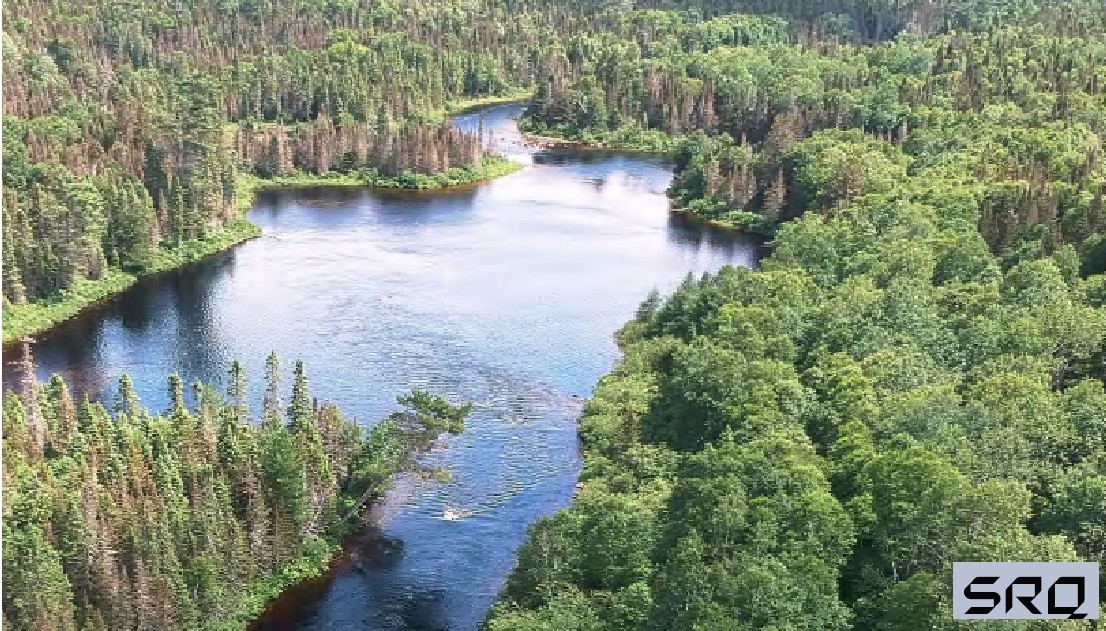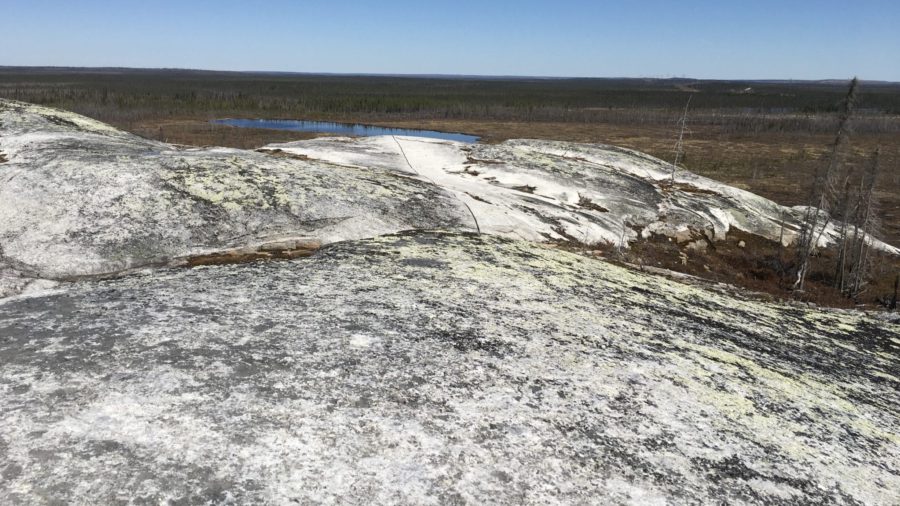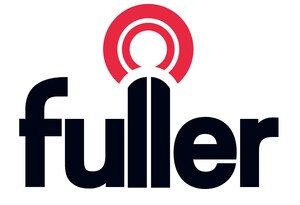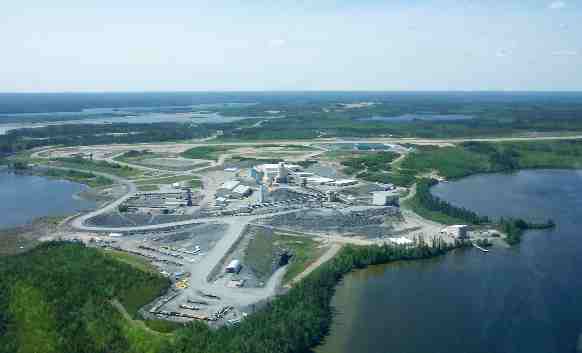Carbon pricing confusion
 Everything was moving along nicely. Four provinces with carbon tax and/or cap-and-trade programs. Six others and the territories looking on in anticipation and yes, in some cases with deep foreboding at Ottawa’s plans for its own carbon pricing framework scheduled for legal launch this January.
Everything was moving along nicely. Four provinces with carbon tax and/or cap-and-trade programs. Six others and the territories looking on in anticipation and yes, in some cases with deep foreboding at Ottawa’s plans for its own carbon pricing framework scheduled for legal launch this January.
Everyone was paying attention.
Then a fly in the ointment – a big one – fledgling Ontario premier Doug Ford announces on July 3 that the province will begin an immediate, “orderly wind-down of all programs funded out of cap-and-trade carbon tax revenues,” making it illegal “to purchase, sell, trade or otherwise deal with emission allowances and credits.” Never mind that this amounts to an aggregate of nearly $3 billion or that the Mining Association of Canada (MAC) endorses both cap-and-trade and a carbon tax as options. “It’s a waste of money,” Ford loudly opines and the program is dead.
Well, maybe not, says Michel Carreau. “It’s not so easy to kill carbon pricing,” says Hatch’s director of hybrid power. “It’s extremely costly because there are obligations that come with it.” Not the least of these is Ontario’s Sept. 22, 2017 agreement with California and Quebec to link their greenhouse gas (GHG) cap-and-trade systems.
“People have already purchased carbon credits and others have sold them,” said Carreau. “Those credits have value, so someone has to reimburse them.” In other words, government, perhaps even Ontario’s government. “I don’t think Ford is going to be able to remove that system,” says Carreau. Turns out others agree with him.
Getting good advice
The five mining companies Carreau works with are under enormous pressure to help the provinces and territories meet their jurisdictional GHG reduction targets. It doesn’t matter if some mining companies are unhappy, says Carreau.
“Regardless of whether they agree or not, they understand that this is where the market is going. And so they need to prepare for it.” Hatch’s job is to help them, Carreau says.
Even if Ontario’s cap-and-trade program is gone for good, the federal government will require provinces to have either a carbon tax or cap-and-trade system in place by the beginning of 2019, or it will impose its own regime.
Ottawa’s goal is to reduce GHG emissions by 80% by 2050, with intermittent goals along the way and a range of incentives for offsetting carbon tax payments. These include emission credits that encourage facilities to maximize emission reductions above the required amounts. Or you can do the easy thing “and just pay the tax,” says Carreau.
A far better strategy is to buy certainty, by purchasing, for example, $25 million in carbon credits today to remain compliant with your annual carbon emission targets in each of the next five years. “By doing that, I’m buying those credits at the current price today as opposed to paying a price that grows seven per cent every year,” says Carreau.
For its part, much of Deloitte Canada’s work, says Nathan Steeghs, senior manager for sustainability and climate change, has been in keeping with the movement towards “science based target setting.” This means helping mining companies such as Barrick Gold align themselves with government GHG reduction targets, thereby contributing to the 2 degree drop in the global temperature as agreed to in the Paris climate change agreement.
“In some cases they align pretty well with government targets,” says Steeghs. “In other cases they would exceed those targets.
Barrick aligns quite well because their targets landed around Ottawa’s with a thirty per cent cut in GHG emissions by 2030.”
Broadly speaking, there are a few layers mining companies need to pay attention to when considering climate change, Steeghs adds. Among them is an overall vision of governance touching on the level of board oversight around the topic of climate change. How is the organization effectively making and overseeing decisions? What are the types of commitments the organization wants to make?
“We’ve worked with clients that have made decisions around using one hundred per cent renewable energy or that want to reduce emissions for certain operations to zero. Those are the types of commitments that can be made.”
It’s not all about surplus credits Two problems arise around surplus credits, says Carreau: if no one is selling excess credits they can’t be used to offset GHG emissions. Buying and selling carbon credits also tends to be a zero sum game, with nothing actually done to cut GHG emissions. Enter a second, very ambitious approach: rewarding companies with new tax revenues for their investments in eligible emissions reduction projects.
A case in point: Teck Resources’ pilot of LNG as a fuel source in haul trucks at its Fording River steelmaking coal operation in southeastern B.C. The goal: eliminate 35,000 tonnes of CO2 emissions and reduce fuel costs by more than $20 million annually. Goldcorp is doing something similar using electricity at its Borden underground gold mine in Chapleau, Ont.
Typically, two-thirds of emissions at an underground mine are generated from the diesel burn of its mobile fleet, says John Mullally, Goldcorp’s vice-president corporate affairs and energy. By converting the mine to an all-electric operation “our reduction at Borden is in the neighbourhood of 7,000 tonnes of GHG emissions per year. That represents a sixty-five to seventy per cent reduction on what otherwise would have been a standard diesel environment.”
Goldcorp’s reward from the Ontario government: $5 million in recycled revenues from cap-and-trade. The mine will be safer and healthier, but also cleaner. As for Ontario’s decision to axe cap-and-trade, one hope Mullally has is a rumoured $500-million clean technology fund. Good news if it’s true, he says. “It just depends on what kind of scheme (they) put in place.”
B.C. a model for federal carbon pricing?
Back in September 2016, speaking before the Greater Vancouver Board of Trade, MAC president Pierre Gratton said B.C.’s carbon tax program is held up as model for its simplicity and revenue. Problem was that program risked exposing an already trade-exposed mining sector to carbon leakage, more GHG emissions and lost jobs.
Since then, the province’s NDP government has begun consulting on a package of reforms to address industry concerns.
MAC’s message to B.C. is the same one it is delivering to Ottawa, says Brendan Marshall, MAC’s vice-president of economic and northern affairs. “We need robust protections that prevent carbon leakage. Otherwise, we’re going to end up in a lose-lose situation.”
If you have a carbon tax added to your cost base while a mine in another jurisdiction doesn’t, you lose. The mine may also face higher costs when its suppliers and service providers – like railways, for example – automatically pass on the carbon tax they had to pay to the mining company in higher transportation rates.
Gratton also opined that B.C.’s carbon tax had been revenue neutral for the government, but not so much for the mining sector, especially during low commodity price cycles. Corporate tax reductions can help offset company exposures, says Marshall, “but when you’re not making money and operating at a loss, corporate tax breaks are not an effective tool to abate carbon costs or to shield you from carbon leakage.”
Has Ottawa learned anything from B.C.’s example in advance of federal carbon price action in January? “I hope the federal government has been listening,” says Marshall. “There have been some valuable lessons learned and a lot of knowledge out there from subject matter experts who have been navigating the B.C. system since it’s been put in place.”
Duelling graphs
How do you know for certain the amount of GHGs you’re emitting and cutting, at what cost per unit and how much you’re saving? It depends on who you talk to and on their methodology.
Carole Ferguson, head of investor research at CDP in London has issued dire warnings about Teck’s coking coal operations. Normalized to copper equivalent production, she says, Teck is higher on a copper equivalent unit cost basis than other companies, i.e. 8th place out of 12 and 6th place for emissions intensity reduction.
In short, “Teck is going to take a hit because of the coking coal market,” Ferguson says. Teck is having none of this, noting with veiled scorn Ferguson’s contention that with the Canadian carbon tax coming in, Teck margins will be squeezed to an amount payable equivalent of 3% – 14% of their revenue from Canadian operations.
“That’s incorrect,” says Chris Stannell, senior communications specialist with Teck. “As all of Teck’s operations in Canada are located in B.C. and Alberta, “we already pay carbon tax on our Canadian operations and have for almost a decade.”
Moreover, “the emissions intensity of our steelmaking coal production is less than half that of the industry average and the emissions intensity of our copper production is 35% below the industry average.”
Why do duelling reports like these matter in a discussion about carbon pricing? Because of investors. Steeghs says since the U.S. stepped away from the Paris climate change agreement, carbon pricing has become “a hot topic” in the investment community. So much so they’re increasing pressure on mining companies for greater transparency over what’s being done to manage climate change.
“A lot of it was driven by companies having material financial risk, the most obvious one being regulations around climate change, with carbon pricing the most evident form,” says Steeghs.
All of this is stoked, he adds, by companies in the U.S.
going insolvent as a result of regulations targetting carbon emissions.
Hence the concern among investors in Canada.
“A carbon tax could have a material impact, particularly on mining or oil and gas,” says Steeghs. Carbon pricing “is a bit of a patchwork across the provinces now,” but that could change with Ottawa’s drive towards a $50 per tonne target by 2021.
Investors’ questions: What is the risk? How material is it? Most important of all: is there a strategy in place to deal with the risk?





Comments
Margarete Kalin
Hello to mine with alkaline mine drainage:
I am looking into Carbon Capture Potential of algae which are actually intended to clean alkaline drainage from mines and the waste depository. It occurred to me, that possibly a portion of the biomass could actually be counted as a carbon sink, as algae make carbonate on their outside and relegate it to the sediment , where is remains- as a bio-mineral product. Given the size of tailings ponds, the carbon sink capacity could be significant hence carbon capture points or $ might be possible. My question would it be a waste of my time to look at this CCP. So they do clean the water and a mine could sell carbon capture $$. May be have not understood the whole system but may be it is a good idea to look into it. Please let me know one way or the other. .